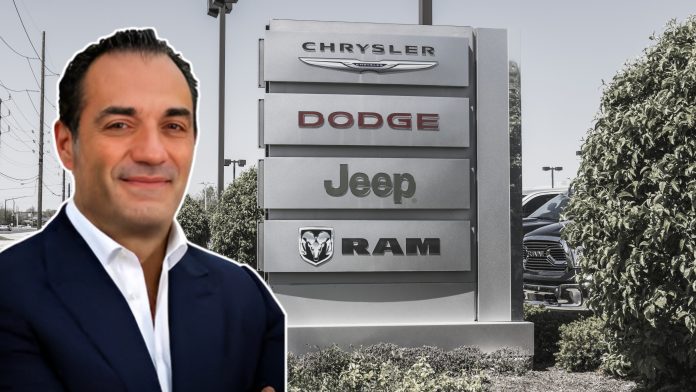Stellantis reported a preliminary net loss of €2.3 billion ($2.7 billion) for the first half of 2025, driven by weak North American sales, program cancellations, and a €300 million tariff hit under President Trump’s new trade policies. The automaker also saw its global shipments fall 6% year over year in the second quarter, with a steep 25% drop in North America. Jeep and Ram, however, posted a 13% combined sales growth, buoying retail performance.
The company suspended full-year guidance in April but released preliminary figures to reset analyst expectations. Revenues for the first half reached €74.3 billion, but Stellantis burned through €2.3 billion in cash and recorded €3.3 billion in pre-tax charges, including the cancellation of unprofitable vehicle programs and restructuring costs. CEO Antonio Filosa, who replaced Carlos Tavares in May, is now under pressure to revive U.S. operations and roll out more competitive products in both North America and Europe.
Looking ahead, Stellantis is pinning its recovery on new hybrid and large ICE models. In Europe, the rollout of new “Smart Car” B-segment vehicles showed promise, with shipments of those models up 45% sequentially.
Here’s why it matters:
This report highlights significant disruptions within one of the largest automakers’ U.S. dealer networks. The steep decline in Stellantis’ North American production and shipments, primarily due to tariffs and outdated model lines, signals potential inventory and product availability issues for dealers. On the other hand, a greater focus on Jeep, Ram, and hybrid platforms may create new sales opportunities as Stellantis attempts to recalibrate for the second half of 2025. Dealers should closely monitor the company’s evolving strategy, especially concerning vehicle sourcing, pricing, and incentives.
Key takeaways:
- Major net loss and cash burn
Stellantis reported a €2.3 billion ($2.7 billion) net loss and consumed €2.3 billion in cash during the first half of 2025, indicating significant financial strain. - Tariff impact cuts U.S. shipments
New U.S. tariffs cost Stellantis €300 million and led to a 25% drop in Q2 shipments across North America, particularly affecting imported models. - Retail sales remain stable
Despite the broader decline, Jeep and Ram saw a combined 13% increase in U.S. retail sales, offering a bright spot for dealers tied to those brands. - Restructuring and model revamps underway
Stellantis is phasing out low-performing vehicle lines and banking on new hybrid and large gas-powered models to recover its market position in the U.S. - Product availability could be affected
With production cuts and ongoing platform transitions in both the U.S. and Europe, dealers may face continued product shortages and shifting inventory through the remainder of 2025.






